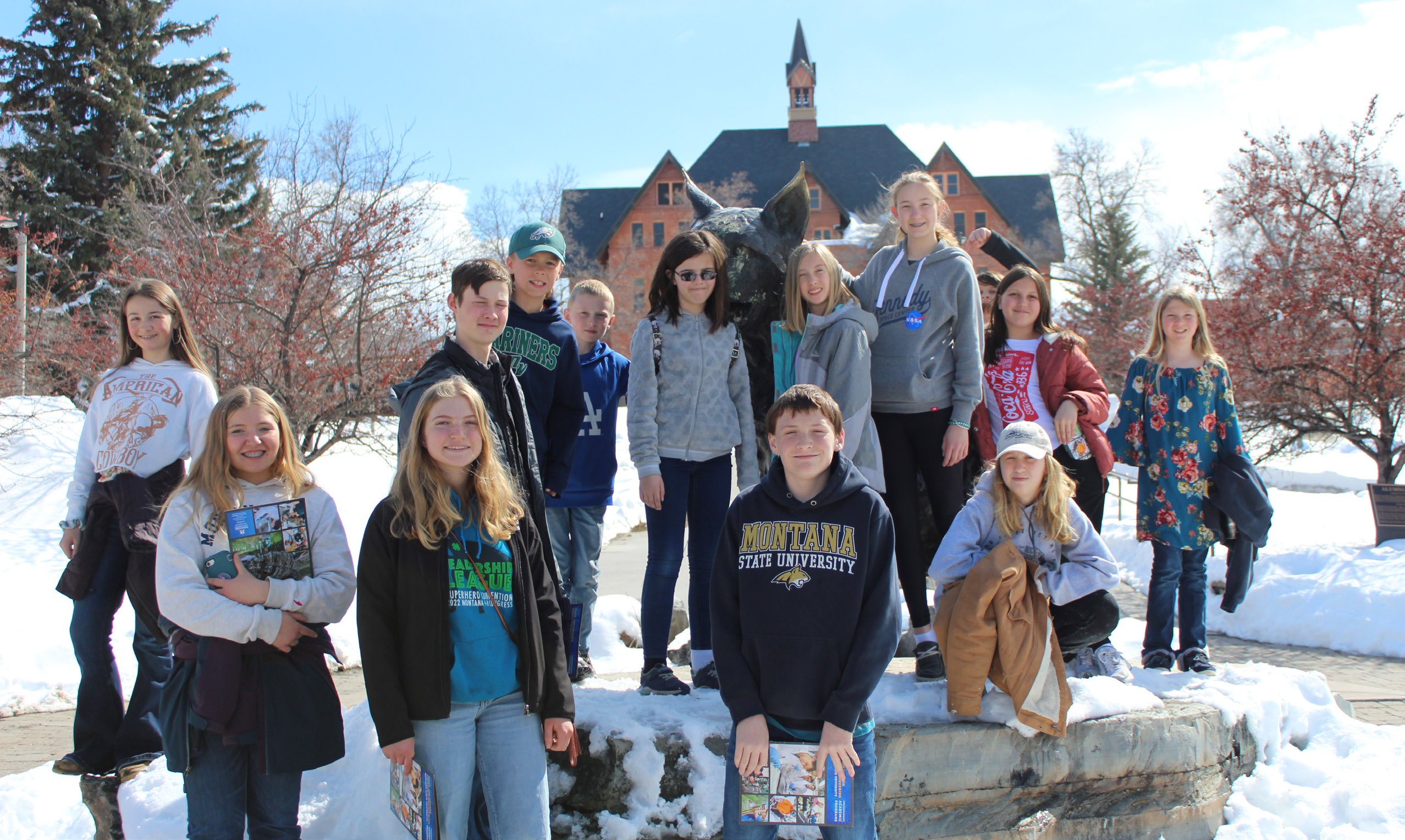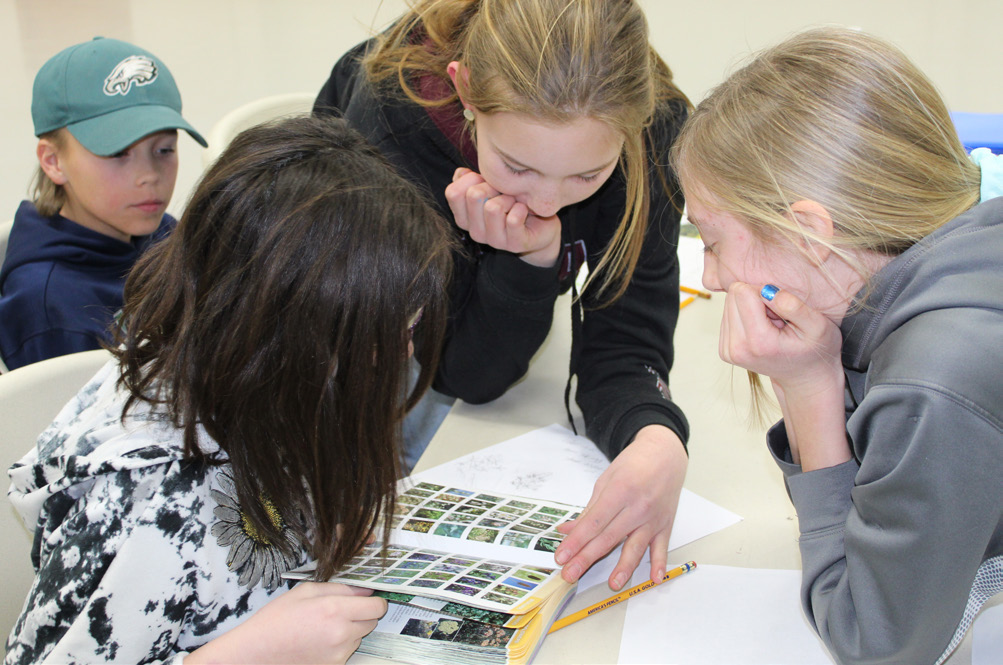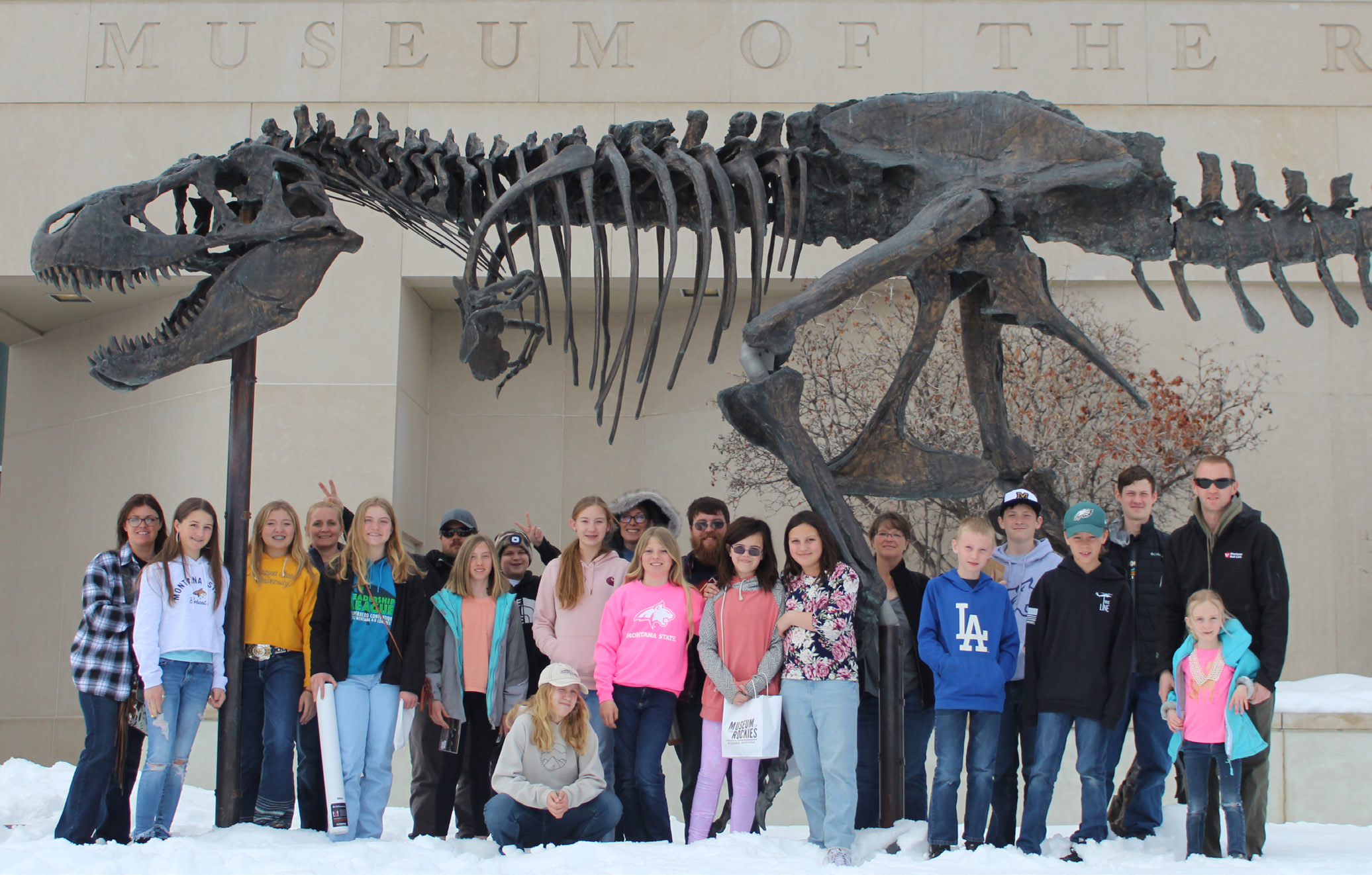Supporting Montana's Youth through 4-H and STEM
According to recent science education research, around one-third of middle and high school students become disengaged and lose interest in learning. In the 2022 Public Schools Review, 41 percent of Montana high school graduates tested proficient in math and science and 50 percent proficient in reading and writing. Concerns regarding youth success are felt strongly throughout Montana communities.
In the Montana State University (MSU) Extension Needs Assessment, the development of life skills for youth and youth career readiness were identified as very important in the top 20 survey result issues. MSU Extension offers the resource of 4-H youth programming in clubs and afterschool education. The program can assist educators and families to re-engage and inspire youth’s confidence, passion, and competence to better prepare them for adulthood.
Based on experiential, or hands-on, learning, 4-H is dedicated to the development of the whole child. The 4-H pledge exemplifies four H’s of head, heart, hands, and health, all of which align with the whole child approach in recognizing that education takes place on a social, emotional, mental, physical, and cognitive level. Over the years, 4-H has made intentional programming adjustments to remain relevant. In an ever-changing world and with an increasing need to engage youth, 4-H programming plays a role in inspiring youth skill development, particularly valuing Science, Technology, Engineering, and Mathematics (STEM) education.

Photo: Claudia Andrade, MSU Extension
WHY STEM?
STEM initiatives help youth develop a variety of life skills, including problem-solving, teamwork, critical thinking, and a general increase in self-confidence. Through positive exposure to STEM, youth build confidence and familiarity, leading to increased curiosity and comfort in applying learned skills. Correlations between youth educational interest and effective programming have found that out-of-school STEM programs in the form of field trips, summer camps, science clubs, and science museums positively influence youth attitudes toward STEM careers. The most effective programs hold youth interest intellectually, socially, and emotionally, incorporate youth experiences and cultural practices, and relate to learned materials and topics outside of an everyday classroom.
In 2017, MSU worked in cooperation with the Montana Afterschool Alliance to discuss the expansion of STEM learning objectives and partnerships across Montana. Extension’s 4-H program was acknowledged as a valuable potential partner in effective STEM education.

Photo: Claudia Andrade, MSU Extension
Further adding to 4-H educational benefits, 4-H programming is geared toward the whole family. Parental involvement plays a critical role in youths’ understanding and appreciation of STEM-based topics. Through parental involvement, youth are more likely to observe, explore, and investigate the world around them. However, according to research, parental confidence when working on math and science initiatives is significantly less than compared to reading and writing initiatives. With more than 200 projects for youth to choose from, 4-H offers structured learning objectives that are understandable and enjoyable for families.
The formation of a 4-H STEM-focused project club (4HSFPC) in Lake County helps illustrate the positive effects of 4-H education in action. Here, 18 youth participated in a five-week program, exploring Robotics, Gardening, Food Preservation, Outdoor Adventure, and Engineering. Concluding the five weeks, the youth traveled to MSU, touring the Engineering Department, Wool Lab, and Meat Lab, along with admission to the Museum of the Rockies. Participating youth demonstrated connections between previously learned materials to daily STEM lessons and careers, increased understanding of college and STEM-type careers, real-world application of topics, and changed perception of STEM and increased self-confidence.
|
PROGRAM PARTICIPANT COMMENTS: “This was a great opportunity to learn new things or apply old things in a new way. It was cool to see campus and to consider if college is a good fit for you.” “I’ve always just thought about becoming a mechanical engineer, but now I have more to consider like the different types of engineering that might fit my interests and strengths better.” “I could use these skills if I ever needed to fix a problem, I think I could solve it. Or if something was broken, I could try and fix it instead of throwing it away.” “Our engineering department presenter, Jennifer Clark, said that at the base of every problem is science and math, this quote really stood out to me and changed my perception of what problem-solving looks like once you break it down.” |

Photo: Claudia Andrade, MSU Extension
4-H is evolving to continue meeting the needs of Montana’s youth, allowing them to explore new topics in fun and engaging ways that combat complacency and inspire curiosity, confidence, and competence. Through 4-H, youth are supported by adults and countless volunteers who share their skills to better prepare youth for adulthood.
If you are interested in joining 4-H, sharing skills, and better preparing youth for tomorrow, contact the local MSU Extension office to discuss opportunities for volunteering, educational programs and more.
Claudia Andrade is a former MSU Extension 4-H Youth Development Agent in Lake County.
